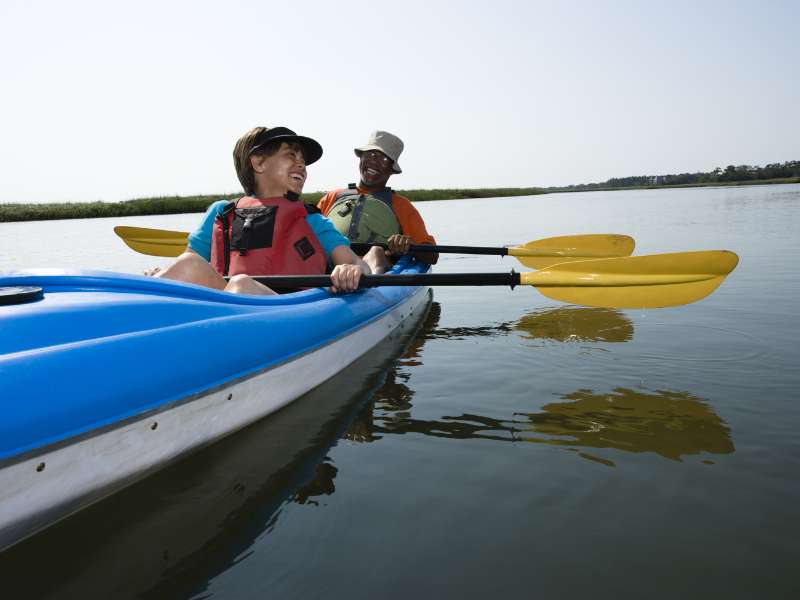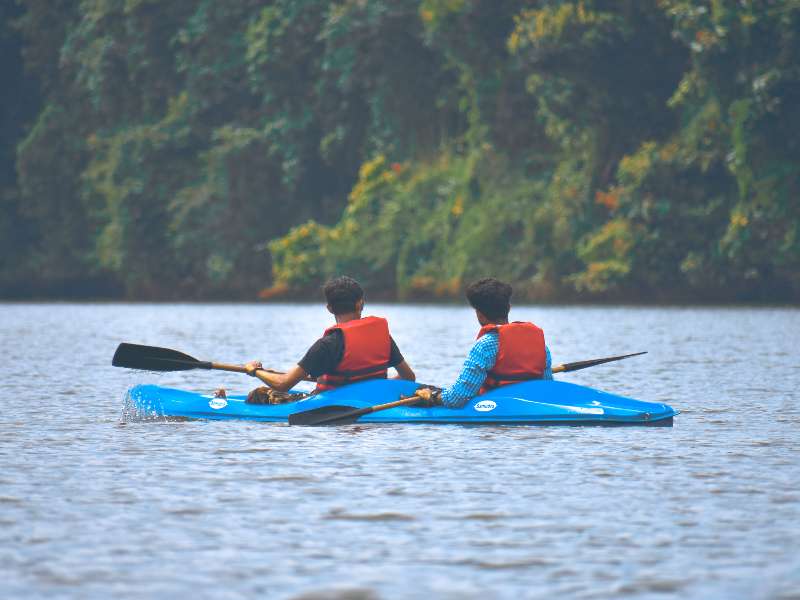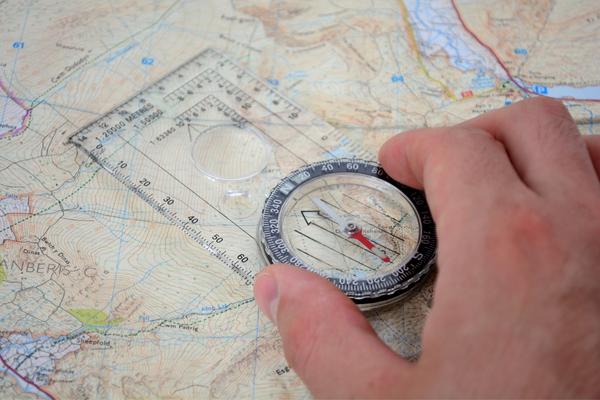Tandem Kayak Paddling Tips
Kayaking is often viewed as a solitary activity, a chance to reconnect with nature amid all of its peace, quiet, and solitude. But paddling a tandem kayak is a little different.
By definition, tandem kayaks are built for two. That means you have to cooperate and get along with your fellow paddler—or at least try your very best—if you want to enjoy your adventure and make it back to shore safe, dry, and with your relationship intact.
Needless to say, paddling a tandem kayak is different, and it requires a few additional considerations. Here’s what you need to know to have an enjoyable and successful tandem kayak trip.
Start on the Same Page
You know what they say, teamwork makes the dream work. That becomes especially apparent when two people are responsible for paddling the same boat.
First and foremost, pick a paddling partner who you don’t mind spending a few hours in close quarters with. And just as importantly, make sure you’re on the same page about the type of experience you want to have and what you want to get out of your kayaking trip.
Kayaking as a duo can be a great chance to talk and catch up, or to enjoy nature in silence if that’s what you want to do. Tandem kayaking doesn’t work out so well if one person wants to set a speed record and the other wants to take their time and soak in the scenery. But if you’re in sync, it can be a great bonding experience for friends or family members.

Decide Who Sits Where
There are pros and cons to sitting in the front (bow) or the rear (stern) of a tandem kayak. Ultimately, there’s no right or wrong way to do it, but keep a couple of considerations in mind.
Some pairs choose to put the more experienced kayaker in the front, so the less experienced kayaker can see them and observe what they’re doing from behind. Others choose to place the stronger paddler in the rear, because that’s the position from which it’s easiest to control the kayak. That way, if the person up front needs a rest, the paddler in the rear can keep powering forward.
If you’re both equally strong, seasoned, experienced kayakers, then it doesn’t really matter! Of course, the bow and stern occupant will each have a separate job to do…
Lead from the Front
Paddling in unison is important. When you make each paddle stroke on the same side at the same time, it allows you to avoid clashing paddles together, not to mention looking a lot more graceful on the water. The tricky part is that the person in the bow can’t really see what the person behind them is doing.
That being the case, it’s the front paddler’s responsibility to set the rhythm and maintain a steady pace. It’s the rear paddler’s job to follow the front paddler’s lead and keep their paddle strokes in unison.
Steer from the Rear
Setting the rhythm may be easier from the front, but steering isn’t. If the front paddler tries to turn the kayak on their own, it will most likely be difficult and cause confusion. Turning is easier from the rear (which, incidentally, is why they put rudders on the backs of boats, not the fronts).
That means steering is mostly the job of the rear paddler. From their vantage point in the stern, they’ll have a much easier time turning the boat, making course corrections and avoiding the occasional log or alligator.
That being said, when a sharp turn is needed, the best approach is to work together by talking long, sweeping strokes on opposite sides. The kayak will turn quickly if the front paddler makes a forward sweep stroke on one side while the rear paddler makes a reverse sweep stroke on the other.

Communicate. Take Breaks. Bring Snacks.
Adjustments will need to be made throughout the trip. Let your partner know if you need to slow down or take a break, and feel free to ask them at any point if they need a break too. Communication is key to avoiding conflicts in a situation like tandem kayaking, so it’s your responsibility to speak up if you need something to change, and the same goes for your partner.
Be sure to take sunscreen and plenty of water, and if you’re going out for more than an hour or two, it never hurts to stow a light snack or two aboard your kayak. Chances are, you and your paddling partner will both be grateful for a snack break at some point.
Paddling a Tandem Kayak Solo
If you’re paddling by yourself, a solo recreational kayak is obviously ideal. But if for any reason you find yourself needing to pilot a tandem kayak by yourself, rest assured that it can be done; you may just find that it’s a bit more cumbersome.
When piloting a tandem kayak alone, the best option is to sit in the rear cockpit, as that’s a petter position from which to steer and power the craft forward, and you’ll find you have more control than if you sat up front. You might also want to stow some gear in the front cockpit to balance out the weight.
Tandem Kayak Hilton Head
Contact us today to learn more about kayaking on Hilton Head and the South Carolina coast. We offer solo and tandem kayaks for rental, as well as guided paddling trips on Hilton Head Island.







